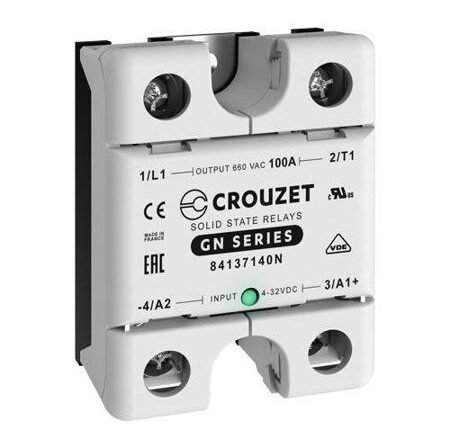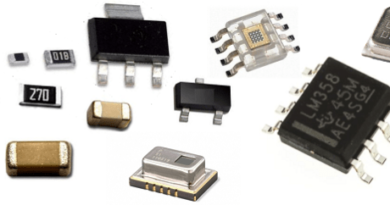Solid State Relays: The Future of Efficient Switching Technology
Introduction to Solid State Relays
In the ever-evolving landscape of electrical engineering and automation technology, Solid State Relays (SSRs) have emerged as a pivotal component in efficient switching technology. These devices, known for their reliability and precision, have become integral in various industries, offering a superior alternative to traditional electromechanical relays.
Understanding the Basics of SSR Technology
SSRs differ from mechanical relays in that they have no moving parts, using semiconductor devices to perform switching operations. This fundamental difference results in numerous advantages, including longer life spans, faster switching speeds, and reduced maintenance requirements. The absence of moving parts also means SSRs operate silently and are more resistant to physical shock and vibration, making them ideal for sensitive applications.
Advantages of Solid State Relays Over Electromechanical Counterparts
One of the primary advantages of SSRs is their longevity. With no mechanical parts to wear out, they can operate for millions of cycles without degradation. This durability makes SSRs a cost-effective solution in the long run, despite their higher initial cost compared to electromechanical relays.
Additionally, SSRs offer improved performance in terms of switching speed. They can switch on and off much faster than mechanical relays, which is crucial in applications where timing is critical. This rapid response time also contributes to the overall efficiency of the systems in which SSRs are used, as it minimizes energy waste during the switching process.
Industrial Applications of Solid State Relays
SSRs find applications in a broad range of industries due to their versatility and reliability. In manufacturing, they are used to control machinery and assembly lines, ensuring precise operation. In the field of renewable energy, SSRs are critical in managing power flow in solar panels and wind turbines, contributing to more efficient and sustainable energy systems.
Another key application of SSRs is in the automotive industry, where they are used in electric vehicles (EVs) for battery management and power distribution. Their ability to handle high current loads efficiently and safely makes them an essential component in the EV technology.
The Role of Enrgtech in Promoting SSR Technology
Enrgtech, a leading provider of electronic components and industrial automation solutions, has been at the forefront of promoting SSR technology. Their commitment to offering a wide range of high-quality SSRs has made them a go-to source for industries seeking to upgrade their switching technology. Enrgtech’s expertise in this field ensures that customers receive products that are not only cutting-edge but also tailored to their specific needs.
Future Prospects of Solid State Relay Technology
Looking ahead, the potential for SSR technology is vast. Innovations in semiconductor materials and designs are continually enhancing the capabilities of SSRs. As industries move towards more automated and energy-efficient systems, the demand for reliable and efficient switching solutions like SSRs is expected to grow significantly.
In conclusion, Solid State Relays represent the future of switching technology with their unmatched efficiency, reliability, and versatility. Companies like Enrgtech are instrumental in bringing these advanced solutions to various industries, paving the way for a more efficient and technologically advanced future.




